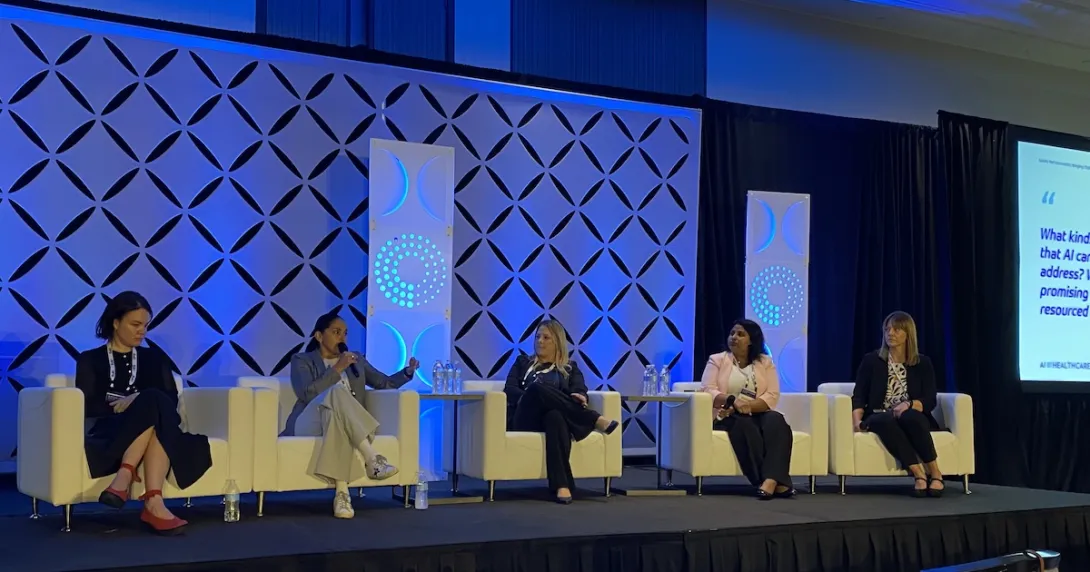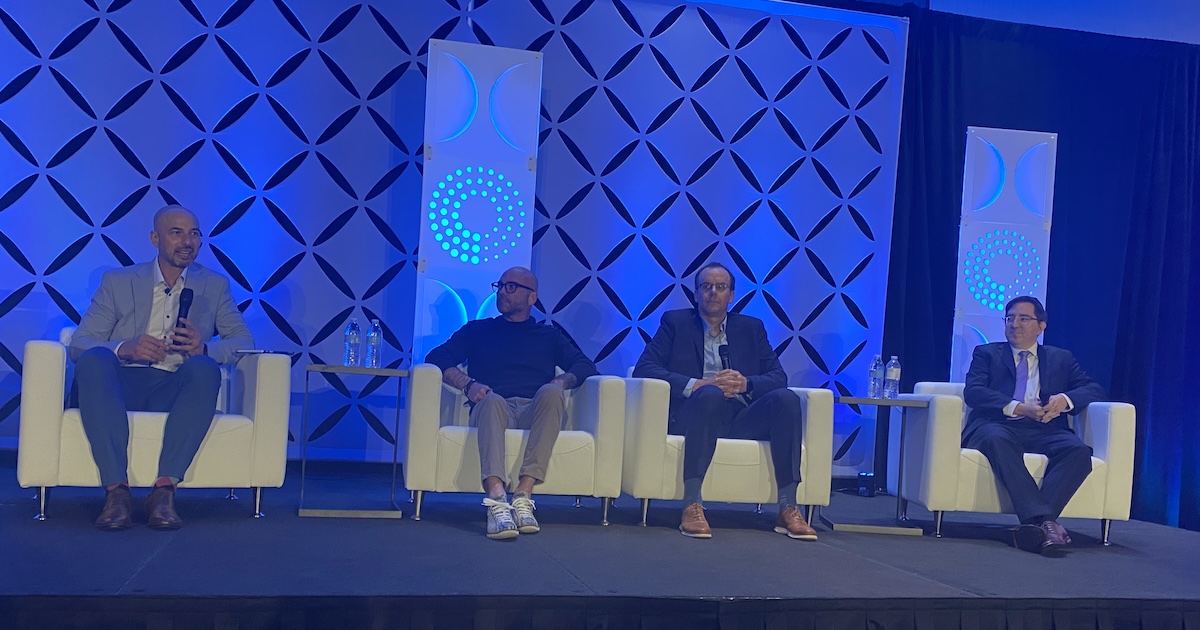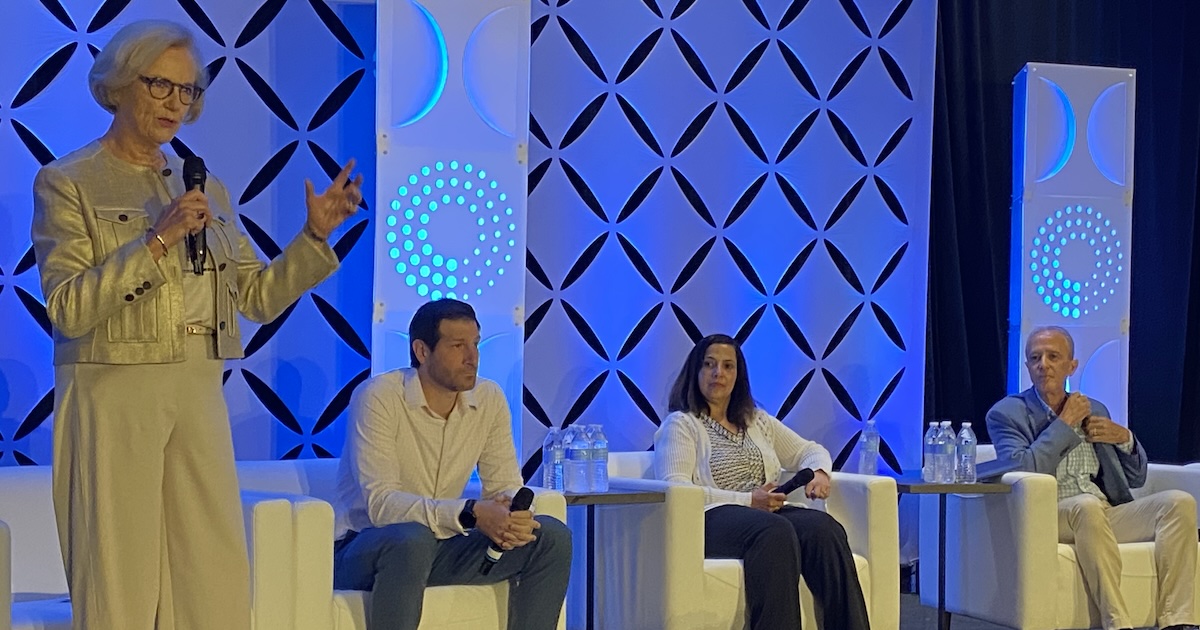
NEW YORK - When it comes to advancing responsible AI deployment, underserved hospitals face a myriad of challenges from cost, interoperability and workforce limitations.
Brianna Day, clinical applications and informatics senior manager at North County Health, told HIMSS AI Forum attendees at the panel Safety Net Innovations: Bringing Digital Transformation to Underserved Hospitals that took place here this week that the digital divide in healthcare is apparent in rural communities where some patients have difficulty accessing WiFi or smart devices.
"In addition, we are on an older EHR system with many customizations in supplementing core, and we understand that we can provide more efficient care and higher quality care if we have better technology. So, we were really excited to partner with the practice network to implement AI across all of our clinics in order to kind of help bridge that gap," Day said.
Michelle Oden, electronic health record support analyst at the Community-University Health Care Center, University of Minnesota, said her organization wanted to focus on no-shows.
"Epic has a predicted no-show tool, but we were not able to get access to that tool because our vendor said it was not ready for us and we couldn't use it," Oden said.
"As of right now, there is not really a super clear path that we understand as to how to figure out how [an AI] model is performing on our own data, and that just makes things a lot more complex," she said.
Oden also pointed out that 50% of the patients in her organization prefer to receive care in a language other than English, and for AI tools that poses a considerable challenge. For example, she added, some of them work with Spanish, but not with Vietnamese.
Sidney Robinson, IT manager from the Health Center of Southeast Texas, said the AI her organization wanted to implement in its practice was specific to providers, and the health center got its EMR vendor involved to try to help with the training.
"Our ultimate goal was really wanting to allow our providers to feel comfortable with using this at adapting this AI to their everyday workflow effectively but also safely," Robinson said.
Robinson stressed that the organization also wanted to ensure that patients would not be left behind.
"We want to include them in all our practice is doing to maintain transparency and trust. So, we did integrate AI-specific consensus disclosures within our patient demographics. So, when they come in, they are aware of what our practice is doing, and it allows them to give them an option to want or not want the AI used during therapy," Robinson said.
Oden said she would like to see more Regional Extension Centers, which she described as offices that popped up in rural and underserved areas.
"It was part of high tech but also an extension of the Affordable Care Act to help with the rapid implementation of EHRs. If there could be local resources like that, where professionals come in and help the teams set the workforce up so the team teams can then be themselves, that would be really helpful," Oden said.

